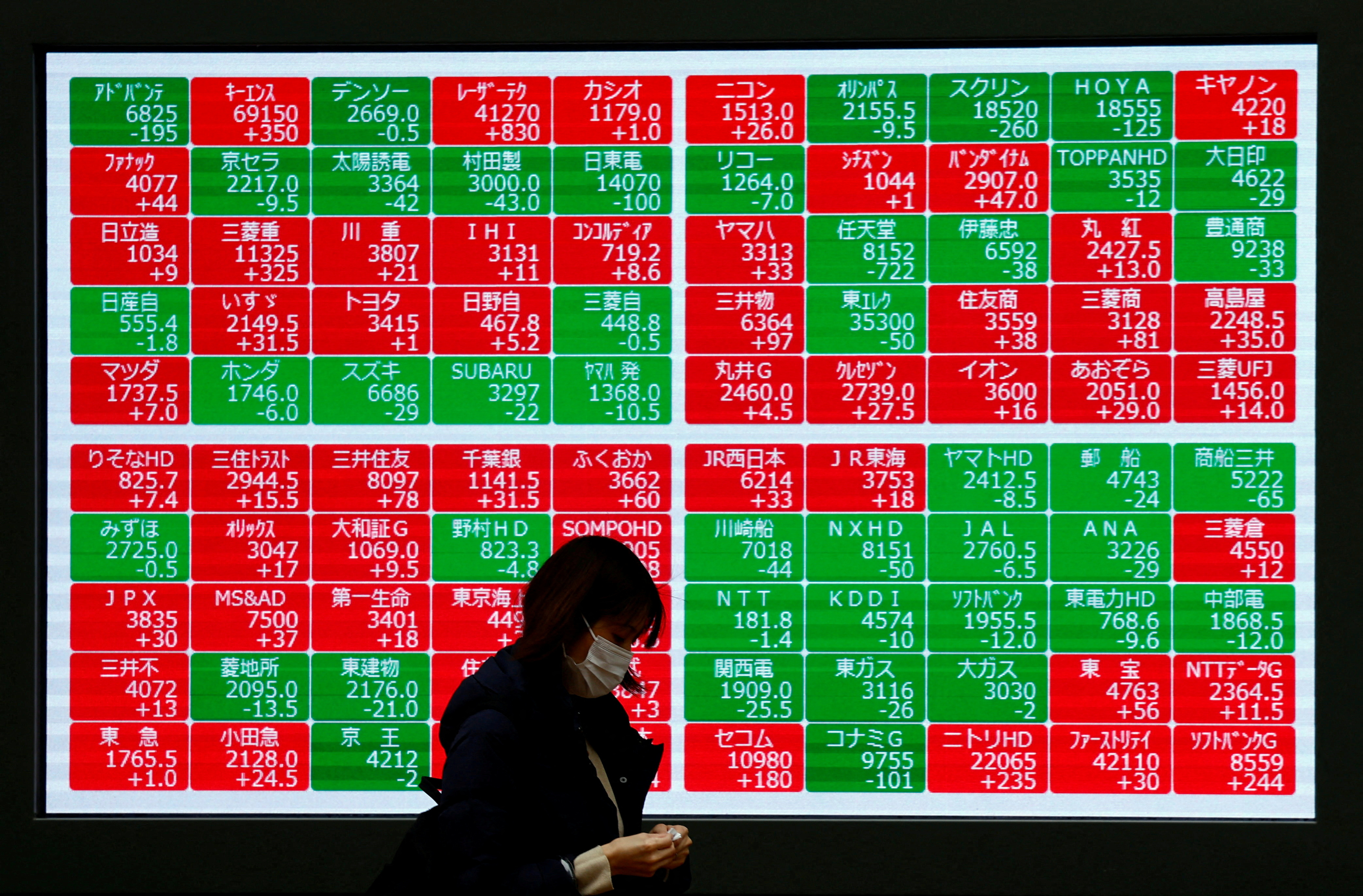The Distribution of Household Income, Means-Tested Transfers, and Federal Taxes in the United States

The Congressional Budget Office (CBO) regularly analyzes household income in the United States. This report presents the distributions of household income, means-tested transfers, and federal taxes in 2021 and explores how they differ from the distributions in 2020 and 2019. (Means-tested transfers are cash payments or in-kind services provided primarily on the basis of income.)
Largely because of the economic disruption caused by the coronavirus pandemic, 2020 and 2021 were unusual years. In response to that disruption, the federal government implemented an unprecedentedly large amount of fiscal stimulus. The policies enacted in response to the pandemic affected household income throughout the distribution—unlike the usual means-tested transfers, which are typically targeted at households toward the bottom of the income distribution.
Those policies altered household income through their effects on wages, employment, transfers, and taxes. Some policies (such as recovery rebate credits) provided direct benefits to households, whereas other policies (such as the pause on federal student loan payments) increased households’ resources without providing them with additional income. Still other policies (such as the Paycheck Protection Program) provided financial support to entities such as businesses, nonprofit organizations, and state and local governments. This report focuses on the effects of policies that provided direct benefits to households.
Main Findings from CBO’s Analysis of the Distribution of Household Income in 2021
- Income before transfers and taxes was more skewed toward the top of the income distribution in 2021 than in 2020 or 2019, in large part because of capital gains. Income from realized capital gains, which mostly accrues to higher-income households, was higher in 2021 than in any other year since at least 1979 (the first year in CBO’s analysis). Moreover, labor income among lower-income households increased only slightly in 2021 after a sharp decline from 2019 to 2020. As a result, in 2021 the average income before transfers and taxes among households in the highest quintile (or fifth) of the income distribution was roughly 19 times that of households in the lowest quintile; in 2020, such income among households in the highest quintile was 17 times that of those in the lowest quintile.
- Among lower-income households, means-tested transfers were nearly as large in 2021 as in 2020, and federal taxes were lower. As in 2020, the recovery rebate credit and expanded unemployment compensation provided direct payments to households. In addition, the child tax credit was expanded in 2021. The benefits from those three policies were broadly dispersed among households across the income distribution, but they constituted a larger share of income for lower-income households than for other households.
- Transfers and taxes reduced income inequality in 2021 by almost as much as in 2020, but income inequality increased nonetheless. Income inequality before transfers and taxes reached an all-time high in 2021, mainly because of increases in realized capital gains. Although high means-tested transfer rates and low federal tax rates boosted income for low-income households and reduced it for other households, income inequality after transfers and taxes was nonetheless at its highest level since 2012.
SDGs, Targets, and Indicators
1. Which SDGs are addressed or connected to the issues highlighted in the article?
- SDG 1: No Poverty
- SDG 10: Reduced Inequalities
The article discusses household income distribution and its impact on poverty and inequality, which are key issues addressed by SDG 1 and SDG 10.
2. What specific targets under those SDGs can be identified based on the article’s content?
- SDG 1.2: By 2030, reduce at least by half the proportion of men, women, and children of all ages living in poverty in all its dimensions according to national definitions.
- SDG 10.1: By 2030, progressively achieve and sustain income growth of the bottom 40 percent of the population at a rate higher than the national average.
- SDG 10.4: Adopt policies, especially fiscal, wage, and social protection policies, and progressively achieve greater equality.
The article highlights the income disparities between different income quintiles, indicating the need to address poverty and reduce income inequality, which align with the targets mentioned above.
3. Are there any indicators mentioned or implied in the article that can be used to measure progress towards the identified targets?
- Income before transfers and taxes
- Income from realized capital gains
- Labor income among lower-income households
- Means-tested transfers
- Federal taxes
- Income inequality before and after transfers and taxes
The article provides indicators such as income before transfers and taxes, income from realized capital gains, labor income among lower-income households, means-tested transfers, federal taxes, and income inequality before and after transfers and taxes. These indicators can be used to measure progress towards the identified targets.
Table: SDGs, Targets, and Indicators
| SDGs | Targets | Indicators |
|---|---|---|
| SDG 1: No Poverty | 1.2: By 2030, reduce at least by half the proportion of men, women, and children of all ages living in poverty in all its dimensions according to national definitions. | – Income before transfers and taxes – Labor income among lower-income households |
| SDG 10: Reduced Inequalities | 10.1: By 2030, progressively achieve and sustain income growth of the bottom 40 percent of the population at a rate higher than the national average. 10.4: Adopt policies, especially fiscal, wage, and social protection policies, and progressively achieve greater equality. |
– Income from realized capital gains – Means-tested transfers – Federal taxes – Income inequality before and after transfers and taxes |
Source: cbo.gov







